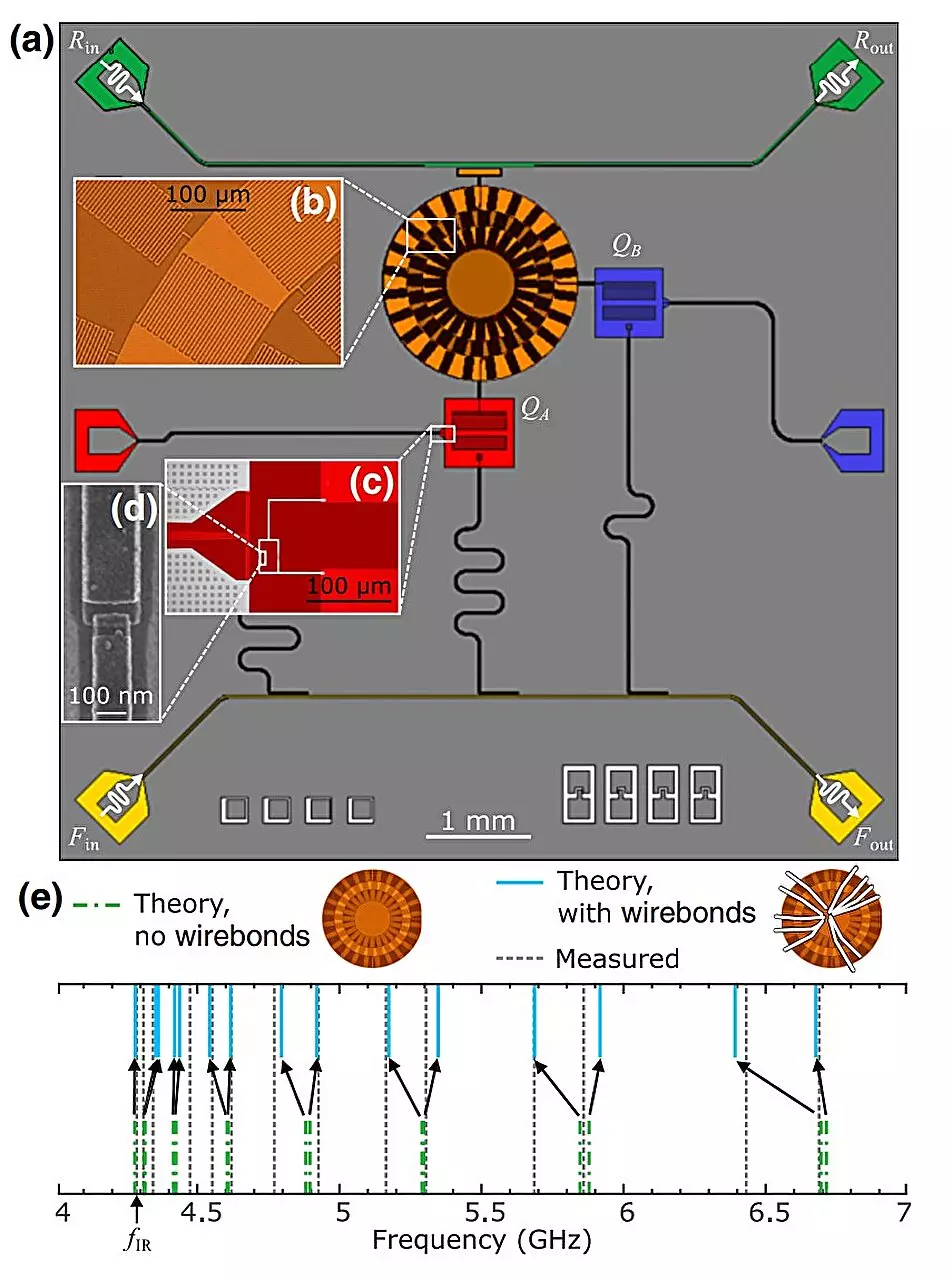Quantum computing stands on the precipice of a revolution, yet the journey to a fault-tolerant quantum processor is riddled with challenges. At the heart of this ambition lies the concept of entanglement, a fundamental characteristic allowing qubits—the building blocks of quantum information—to exhibit correlated behaviors. Among the various platforms available, superconducting qubits have emerged as a frontrunner for practical quantum computing applications, but scaling them to a functional quantum computer necessitates an efficient coupling strategy. Traditional coupling methods often restrict interactions to nearest neighbors, which not only increases the physical footprint of the system but also complicates fabrication due to the need for numerous couplers. As the number of qubits grows, the practicality of managing interconnections falls apart rapidly, with the staggering ratio of couplers to qubits sparking a pressing need for innovation.
Innovative Solutions on the Horizon
A revolutionary concept introduced by a team of theoretical physicists, led by Mohd Ansari at FZJ, marks a significant milestone in overcoming existing barriers. Collaborating with experts like Britton Plourde at Syracuse University, their groundbreaking approach revolves around a multimode coupler, which allows for tunable coupling strength between any two qubits in a system. By utilizing advanced metamaterial technology, the researchers have engineered a shared coupler shaped like a ring. This ring functions as a highly sophisticated transmission line that boasts a dense frequency spectrum of standing-wave resonances, a characteristic especially beneficial for qubit operations.
This design directly addresses the limitations imposed by traditional methods by unleashing a new level of scalability. The left-handed ring resonator, consisting of 24 inductively grounded and capacitively coupled cells, generates multiple frequencies in a unique manner; the standing wave frequency is directly proportional to its wavelength. This contrasts dramatically with standard systems, where an increase in frequency typically results in a corresponding decrease in wavelength—a behavior that can be likened to the tuning of musical instruments. By allowing higher pitches to coincide with longer wavelengths, the researchers have effectively flipped the script, fostering new interaction dynamics that were previously unattainable.
Leveraging the Unique Dynamics of Multimode Coupling
The positioning of superconducting qubits within this resonator—specifically at the 3 and 6 o’clock positions—facilitates a tunable coupling mechanism directly influenced by the amplitude of standing waves present at various locations. The implications of this tuning ability suggest that researchers can engineer desired entanglement characteristics with precision. The coupling interactions ushered in by this technology can vary significantly, introducing not only transverse exchange interactions but also higher-order ZZ interactions that depend on factors like qubit detuning. These interactions hold immense potential since they can remain positive, negative, or vary in sign, thereby contributing to a rich tapestry of coupling dynamics.
A particularly exciting aspect is the potential to broaden the applicability of this technology beyond pairs of qubits. As multiple qubits encircle the resonator, they can be engaged in orchestration that enables large-scale entanglement control across qubit arrays. Such capabilities could catalyze advances in quantum algorithms, information processing, and data transfer rates – all pivoting on the foundation laid by these multimode couplers.
Implications for the Future of Quantum Computing
As we look ahead, the research showcased in publications like PRX Quantum underscores a pivotal shift toward a more efficient and scalable quantum computing landscape. The ability to control entanglement through innovative coupling strategies enables the practical realization of large qubit networks, a crucial step toward building robust quantum computers that can tackle complex computational challenges. In an era where conventional methods fall short, creative engineering solutions not only exemplify the ingenuity of the scientific community but also highlight the transformative potential residing within the realm of quantum technologies.
By breaking free from standard paradigm constraints, these advancements pave the way for a new generation of quantum devices that may someday redefine computation in unprecedented ways. As these theoretical frameworks move towards experimental implementation, the future of quantum computing gleams with promise, beckoning a new era marked by rapid progression and limitless possibilities.

